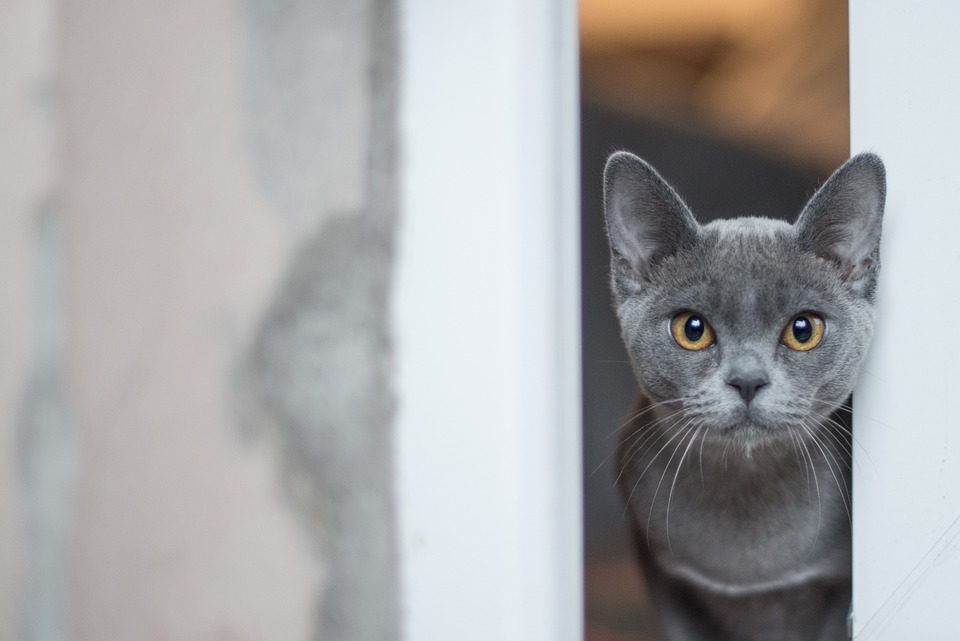Keeping your cat at a healthy weight is crucial for their overall well-being. Along with a balanced diet, exercise plays a vital role in maintaining optimal cat weight. In this article, we will explore the importance of exercise in cat weight management and provide useful tips to keep your feline friend fit and active.
Understanding the Link between Exercise and Weight Management
A sedentary lifestyle can lead to weight gain in cats, just as it does in humans. Lack of exercise can contribute to obesity, which increases the risk of various health issues such as diabetes, heart disease, and joint problems. Regular exercise helps burn calories and maintain muscle mass, preventing excessive weight gain. Additionally, exercise promotes healthy digestion and reduces the risk of constipation in cats.
Choosing the Right Exercise Activities for Your Cat
When it comes to exercise, you have various options for your cat. Indoor activities offer safety and convenience, while outdoor activities allow for more space and natural stimulation. Interactive playtime with toys and games is a great way to engage your cat’s hunting instincts and keep them active. You can also encourage natural behaviors like climbing, chasing, and hunting by providing suitable objects and toys. If you choose to venture outdoors, walking your cat on a leash can provide a safe and controlled environment for exercise.
Creating an Exercise Routine for Your Cat
When developing an exercise routine, consider your cat’s age, breed, and health condition. Kittens and more active breeds may require more frequent exercise, while older cats may have reduced energy levels. Start with shorter play sessions and gradually increase the intensity and duration as your cat gets more comfortable. Maintaining a consistent exercise schedule is essential to establish a routine and keep your cat engaged. You can also combine playtime with training to provide mental stimulation and reinforce positive behaviors.
Signs of Overexertion or Lack of Exercise
Keep an eye out for signs of overexertion, such as excessive panting, lethargy, and reluctance to play. These indicators suggest that your cat may be pushing themselves too hard during exercise. On the other hand, lack of exercise can lead to behavioral changes, including aggression and destructive behavior. If you notice any concerning symptoms, consult with your veterinarian for guidance on modifying your cat’s exercise routine.
FAQs about Cat Weight Management and Exercise
1. How often should I exercise my cat?
The frequency of exercise varies depending on your cat’s age, breed, and health condition. In general, aim for at least two 15-minute play sessions per day for adult cats. Kittens and more active breeds may require more frequent exercise.
2. My cat is older and less active, what exercises are suitable?
Older cats may have reduced energy levels, so low-impact exercises like gentle play sessions, short walks, or interactive toys can be beneficial. Consult with your vet to determine the optimal exercise routine for your senior cat.
3. Can I use a laser pointer for exercise?
While laser pointers can be entertaining, they can also frustrate cats as they can never catch the elusive dot. It’s best to combine laser play with interactive toys that provide a tangible reward, satisfying your cat’s natural hunting instincts.
4. How can I keep my indoor cat active?
Indoor cats can benefit from various activities such as climbing trees or shelves, chasing toys, using puzzle feeders, and interactive play with their human companions. You can also consider creating a safe outdoor enclosure or utilizing a leash for supervised outdoor exploration.
5. Are there any health conditions that may limit exercise options for my cat?
Some health conditions, such as arthritis or heart disease, may require modifications to your cat’s exercise routine. Consult your veterinarian to determine suitable activities and any necessary precautions for cats with specific health concerns.
Regular exercise is essential for maintaining your cat’s weight within a healthy range and preventing obesity-related health issues. By incorporating engaging activities into your cat’s daily routine, you can ensure they stay fit, mentally stimulated, and enjoy a higher quality of life. Remember to consult with your veterinarian to develop a tailored exercise plan that suits your cat’s unique needs.








